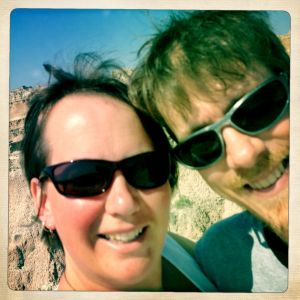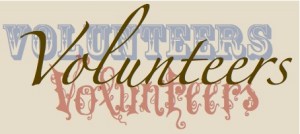Generally speaking, in the United States, the requirement to record vital records (I’m primarily referring to birth and death certificates here, marriages are a bit different and we will discuss them in a later post) did not begin until the early part of the 1900s. This requirement was done on a state-by-state basis, so each state’s law started at a different time. Each state will have different privacy protections in place based on the state law at the time. This means some states are very difficult to get a vital record from and others are easier. For example, a birth certificate may not be available to the public for 100 years, but a close family member (you will most likely have to prove your relationship) may be able to get a copy of the record. These requirements differ from state-to-state, and the laws change over time. So, it is best to examine the state’s vital records office for the most recent information.

When I am looking for vital records, I usually have a few things I do to locate them. The order in which I do these may depend on how old the birth or death certificate is. If it is more recent, I might start at the state vital records office. If it is an older record, I might start at the FamilySearch catalog. My steps:
- Read up at the state vital records office website.
- Read the FamilySearch Wiki for that state’s vital records.
- Look at some of the larger genealogy websites for vital records databases, such as Ancestry.
- Examine the state-level archives, historical society, genealogical society, or whatever repository the state sends its historical materials to (if they do).
- Examine the state and county of interest at the FamilySearch catalog to see if they’ve been microfilmed. Some counties may have done a local registration for births and deaths years before the state requirement was in place. This is true for Wood County, Ohio and Audrain County, Missouri, two locations I have successfully found county level vital records.
- Look at online, user-contributed sources such as Find a Grave or public online trees in case anyone has posted a birth or death certificate for the person in question. (This can be surprisingly successful.)
The most important thing when trying to get a vital record is understanding when each state began requiring them. And understanding that it took a while for the counties to comply with new state laws. If a death certificate was required in 1909 and you cannot find a death certificate for 1909 or even for several years after, realize that things did not happen instantly in the early 1900s. I have looked for vital records in some states and sometimes cannot find them for 10 or more years after registration was required. That doesn’t mean it wasn’t recorded at the county level (though it may). More likely, the systems weren’t in place yet to comply with the laws.
Next time, we will look at some vital records substitutes and places to look for alternatives to the traditional birth or death certificate.












